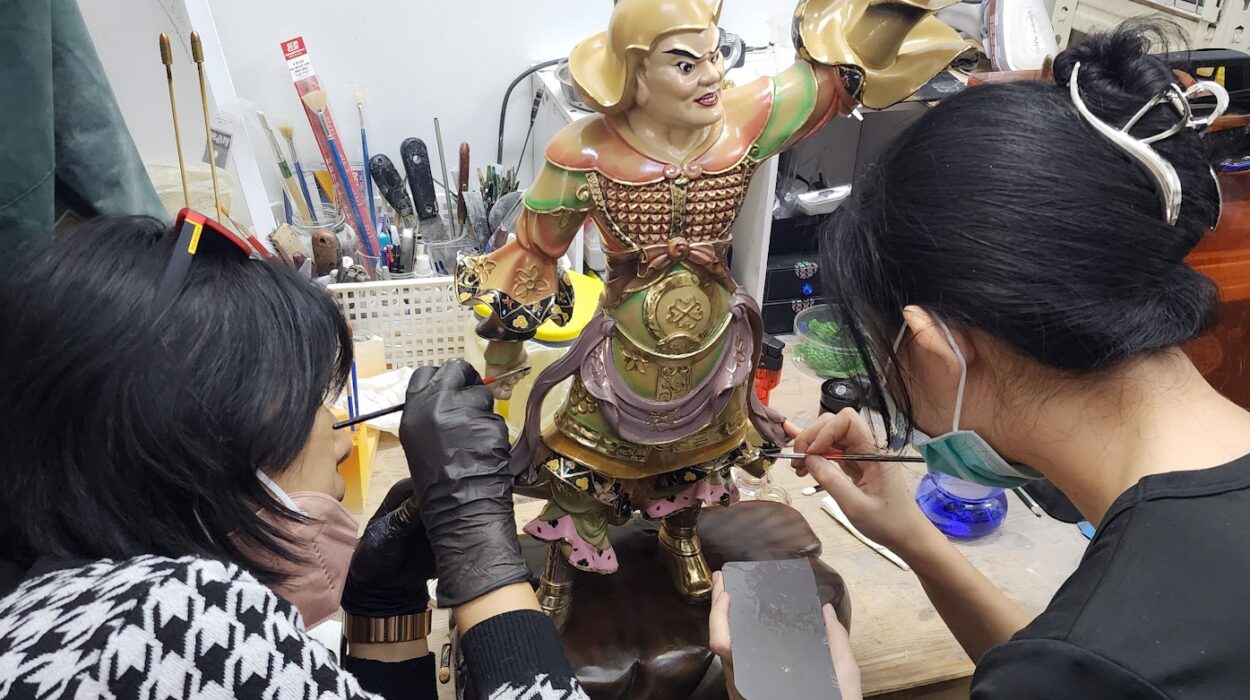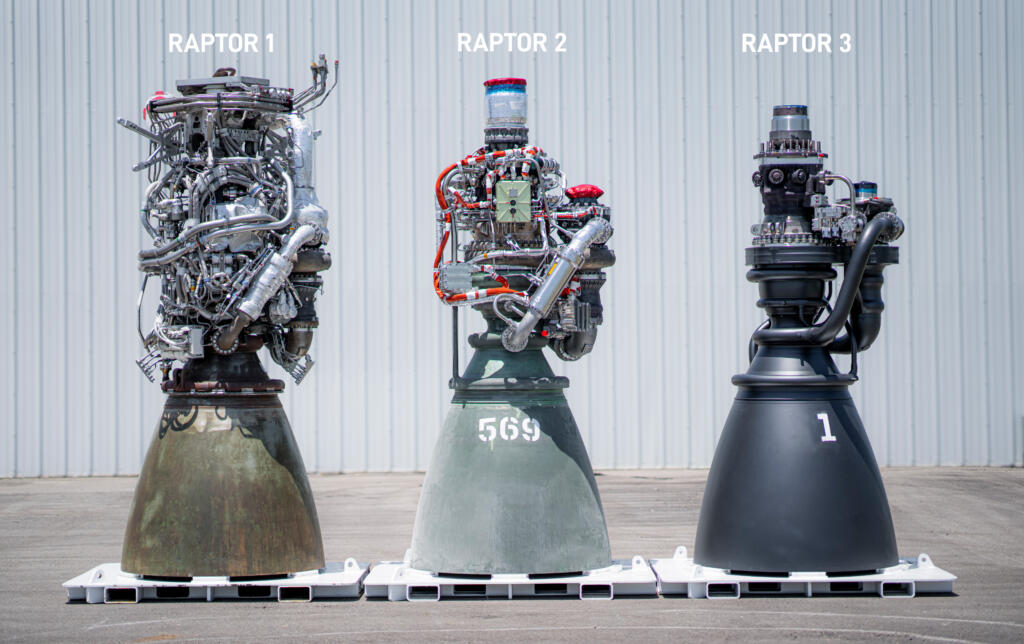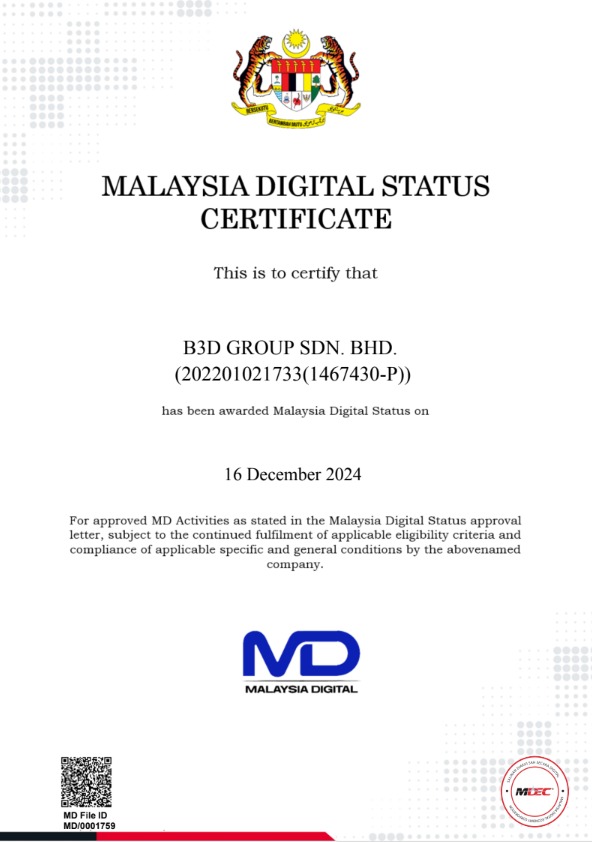Why SketchUp Is Not 3D Printing Friendly — And What to Do Instead
Common Problems with SketchUp and 3D Printing
1. SketchUp Does Not Create True Solids
SketchUp builds surfaces using faces and edges, not real solid volumes. For 3D printing, models must be:
-
- Watertight (manifold)
-
- Free from holes and gaps
-
- Built as one solid body
Most SketchUp models fail these requirements — especially when using components, overlapping geometry, or hidden layers.
2. Scaling from 1:1 to 1:1000 Destroys Printability
Many users model their building at real-world scale (1:1) and expect to print at 1:1000 or 1:500 scale. This leads to major issues:
Wall thickness: 200 mm become 0.2 mm (Too thin for any 3D printer)
Door frame: 1 meter wide become 1 mm (Will likely warp or fail)
Window mullions: 50 mm become 0.05 mm (Too small to print)
FDM printers require minimum 0.4 mm wall thickness — any geometry thinner than that will either vanish or fail completely.
3. Details Become Fragile or Invisible
At micro scales like 1:1000, critical features such as:
-
- Windows
-
- Railings
-
- Doors
-
- Columns
-
- Signage
…will either be too thin to print, disappear in slicing, or snap off easily during post-processing.
4. STL Export and Repair Are Inconvenient
SketchUp’s STL export is basic, with no validation or repair tools. Users often need to install third-party plugins like:
-
- Solid Inspector²
-
- CleanUp³
-
- Mesh Repair Tools
…just to get a usable file. Even then, the model may still contain non-manifold edges, reversed faces, or thin walls.
Best Practices for 3D Printing SketchUp Designs
To ensure success:
-
- Model with printing in mind — plan your details based on the final printed scale.
-
- Use minimum 1 mm wall thickness for details, especially at 1:500 or 1:1000 scale.
-
- Export your model and run it through repair tools like Netfabb, Meshmixer, or Blender.
-
- Work with a professional scale modeling team if accuracy, durability, or aesthetics matter.
🏆 3D Forger: Experts in Architectural Miniature Printing
We help clients all over Malaysia and beyond turn SketchUp files into beautiful, printable architectural models. Whether you’re building a miniature for presentation, education, or display — we’ve got you covered.
📞 WhatsApp: Click here to whatsapp
🌐 Visit: www.3DForger.com







